# 8 What's Traveling in Sri Lanka Like?
On wild animals, economic challenges, beaches, bus drivers, and food.
My journey through Sri Lanka is soon coming to an end. Daniel and I have by far not explored all of this vast island, but I feel I got a good first impression.
In this letter, I will share 9 things that stood out for me and leave you with some concrete travel advice and a book recommendation.
1. The Coconut Plucker
When coconuts are ripe, they fall off the palm tree. Sometimes they crush things on their way down, such as a human skull. On the morning a falling coconut damages the wooden gate of our seaside bed&breakfast, the coconut plucker is called. He’s an older man, dark-brown, bare-chested, all sinew and bone. He binds his bare ankles with rope before hugging the slanted tree trunk with arms and knees. He hauls himself up, one human-length at the time, pushing with his bound feet, until he reaches the top of the tree some ten meters up. I hold my breath. He frees the coconuts with a machete and lets them plop onto the sand like dismantled bombs. Tourists gather, watching his courage and expertise. The plucker climbs four palms in quick succession and drops dozens of king coconuts near our feet. Back on the ground, he sells them for fifty cents each. He holds a coconut steady on a log and brings down the machete. It takes him several precise chops to knock off the top and create an opening big enough for a straw—plastic, unfortunately. Its fresh water tastes mildly sweet and never better then today.
2. What’s in a Name?
Tamraparni is the oldest name for the island we know today as Sri Lanka. The Greeks turned this into Taprobana, a name that popped up in Os Lusíadas by Luís de Camões, Paradise Lost by John Milton, and Don Quixote by Miguel de Cervantes. But they hadn’t kept up with the times, because the name by then had already morphed into Silam. In 1298, Marco Polo referred to the island as Seilan, which became Ceilão in Portuguese (from 1505), Zeylan in Dutch (from 1640), and Ceylon in English (from 1796). The Sanskrit word “Lanka” comes from the Hindu epic Ramayana, where Lanka is the home of King Ravana. The honorific “Sri” was introduced in the name of the Sinhalese Sri Lanka Freedom Party founded in 1952. Twenty years later, the country officially changed its name.
3. Wild Animals
I encounter more wild animals in Sri Lanka than anywhere else I’ve been. (But to be honest, I haven’t yet traveled to Africa except for Morocco and Egypt.) Monkeys are everywhere, crossing the road, jumping on roofs, observing me from electrical wires. One day, a huge monitor lizard walks onto our terrace like a casual neighbor, and another day, I watch one from our balcony as the lizard explores the garden below. In the Udalawawe National park, during a 3-hour safari, I gaze from a raised jeep at dozens of elephants, lonely males mostly yet also some mothers with their babies. I spot herds of grazing spotted deer; herds of bathing water buffalos; more cranes than I can count; loads of bee eaters conveniently posing on branches hanging over the road as though modeling for iPhone cameras is their job; painted storks and yellow-necked storks in the marsh; two crocodiles drying on a rock, one with its mouth open to cool off; female and male peacocks; three crested eagles, one high in a tree, one circling the sky, and one hopping around on the forest floor. We pass a baby tortoise, a black-headed ibis, several king fishers, and a tree full of macaques. I patiently look for sloth bears and leopards wherever I go, yet never see these elusive beasts. Dangerous as they are, perhaps it’s for the best.

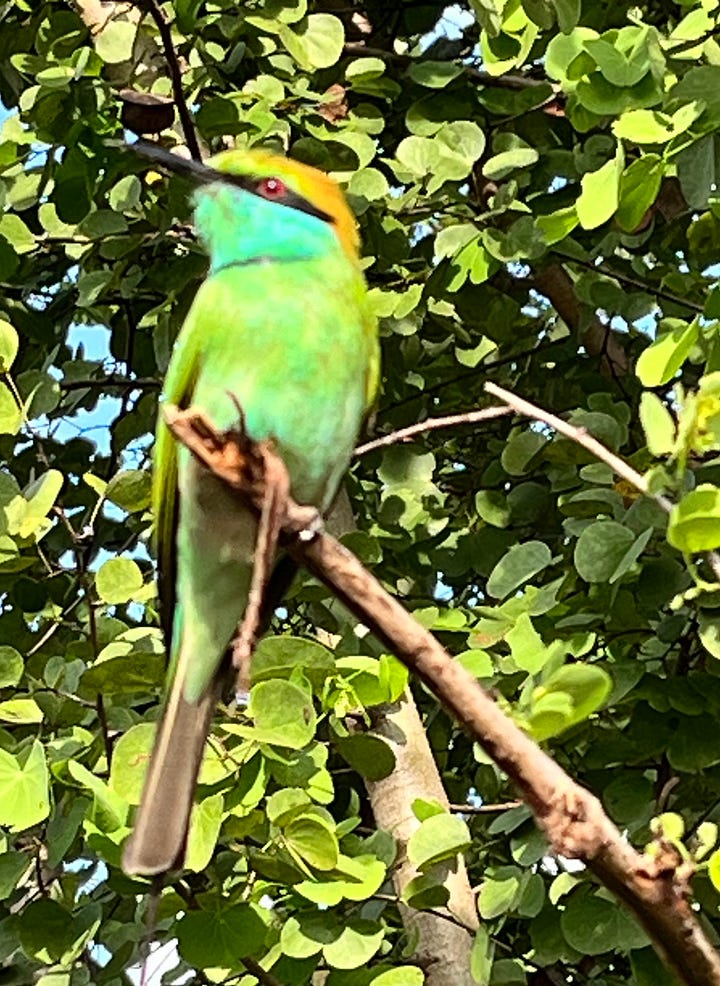
4. Where’s Our Independence?
On February 4, Sri Lanka celebrates the end of the British rule over their island. Daniel and I wish a few locals, “Happy Independence Day,” and receive lukewarm responses. Many Sri Lankans are proud of their country’s beauty and how it draws tourists, yet they don’t appear proud today. “What’s to celebrate?” a guesthouse owner asks us after we asked him whether he was going to attend any festivities. His counter question draws us into a conversation we’ve had with many Sri Lankans throughout the country. We talk about the results of a war-torn nation falling victim to a tsunami, bad politicians with bad ideas, a contracting economy, terrorist attacks, and a pandemic. The people are grappling with shortages and inflation. Last year, the power was regularly cut for entire days, baby formula and cancer medications were unavailable, and drivers had to line up for hours to buy fuel. A month ago, the government introduced a new tax system that charges 19% VAT on basic items such as rice and milk. People believed their lives would improve when the British left in 1948; Sri Lanka could finally use its riches for its own benefits. But trust in the government is eroding. “Where’s our independence?” the guesthouse owner asks.
More about this subject?
writes about possible hope on the horizon coming from a free trade agreement with Thailand in her most recent newsletter.5. Beaches: Yes!
Sri Lanka is known for its palm-dotted coves and white sands, and I’m here to report the beaches do not disappoint. Some places are losing their charm due to their own popularity, such as Unawatuna (now known as Putinwatuna) and Mirissa. But even there, the sand remains relatively clean, free from garbage. The further South and East you go, the more peace you’ll find, even in high season. Near Tangalla, on Rekawa Beach, you can walk for miles along the unspoiled coast and feel like a castaway. You may meet only one other couple going for a stroll, or a turtle wanting to lay her eggs. Keep in mind, though, that Sri Lanka is a surfer’s paradise: Waves can make swimming challenging. Still, with some caution and local advice on currents, you can safely and enjoyably dive in.
6. Bus Drivers
If anyone were to study the road rage and speed addiction of worldwide bus drivers, I suggest they start in Sri Lanka. I once wondered whether Korean drivers in Wonju made extra money if they finished their route ahead of schedule (or they just liked extra smoking breaks), but the drivers in Sri Lanka seem downright determined to dominate the road. The blue and garishly adorned buses barrel down the two-lane curved roads like unmanned missiles. They have no regard for oncoming traffic. Pedestrians on non-existing sidewalks must jump out of the way like nervous squirrels. The bus drivers honk furiously and make sudden stops near the curb when they spot a passenger wanting to board. There may be sharks in Sri Lanka’s waters and occasional drugdealers on its shores, but they scare me less than these bus drivers. The only greater danger I encounter here are the ubiquitous snarling feral dogs.
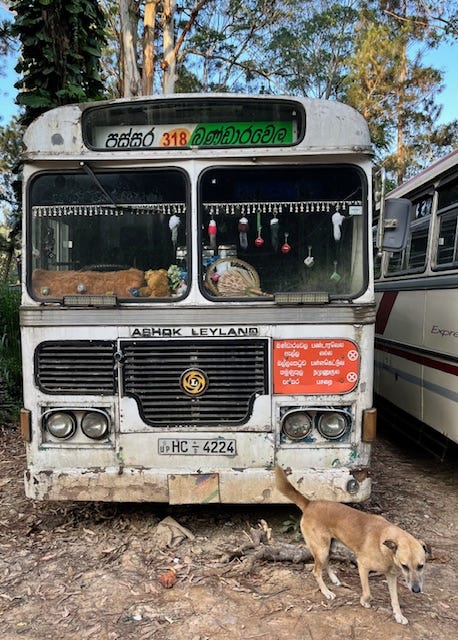
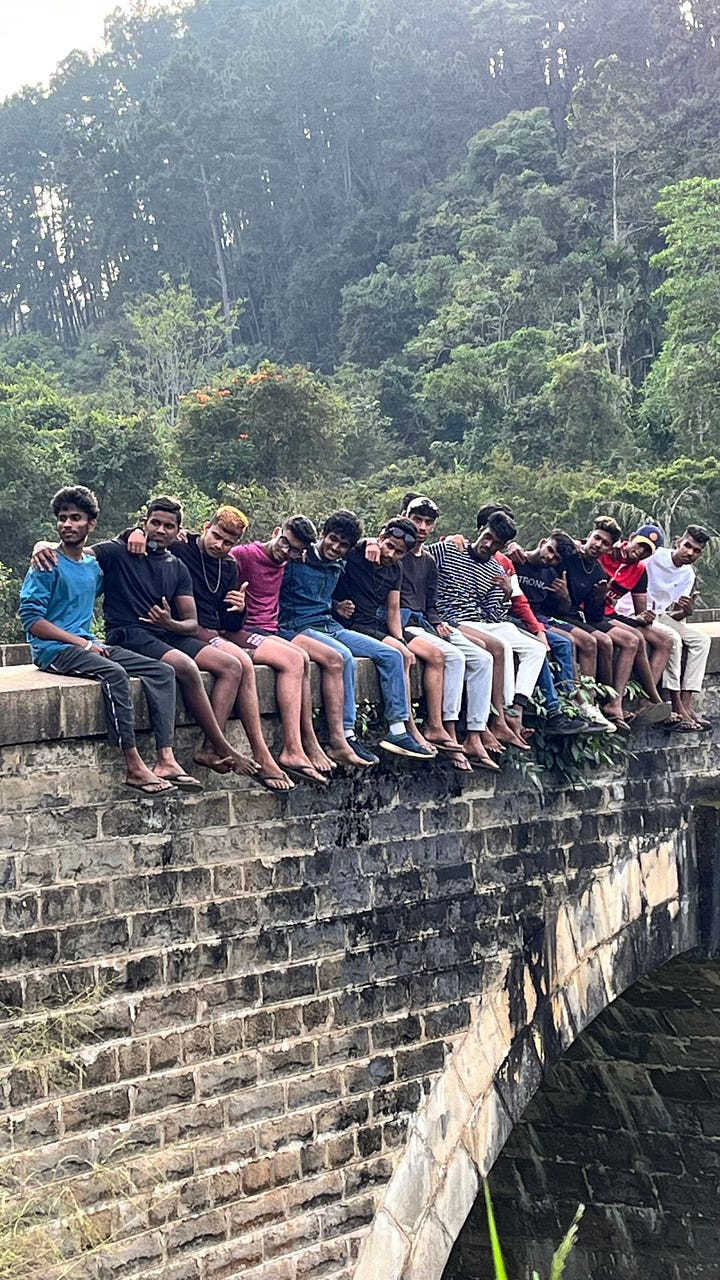
7. Nodding
Sri Lankans have a way of nodding I haven’t noticed anywhere else. I turn my head from left to right to signal “no,” and move my chin up and down to indicate “yes,” but they wiggle their heads very quickly from left to right without turning their faces away from you. The movement is hard to describe. They nod in this way when they’re amused and/or agree, especially after you’ve successfully negotiated a rate for your tuk tuk or explain why you’re not sitting in your assigned seat. It seems to indicate some type of change, some inner give and take. And it charms me every time.
8. Turtles
When Daniel and I walk on a beach with our feet in the water and spy something floating at a distance, we tend to play the guessing game, Plastic Bag or Jellyfish? Here in Sri Lanka, we play the far more uplifting game, Sea Turtle or Rock? Sea turtles along the Western and Southern coast are prevalent. Some come so close to shore that you can glide into the water with them and observe them from up close. Their heads with sharp-teethed mouths (for crunching seaweed) are as large as a grown-man’s fist yet appear small compared to their huge carapaces. When one raises its long neck out of the water, it looks like a mini Loch Ness monster.
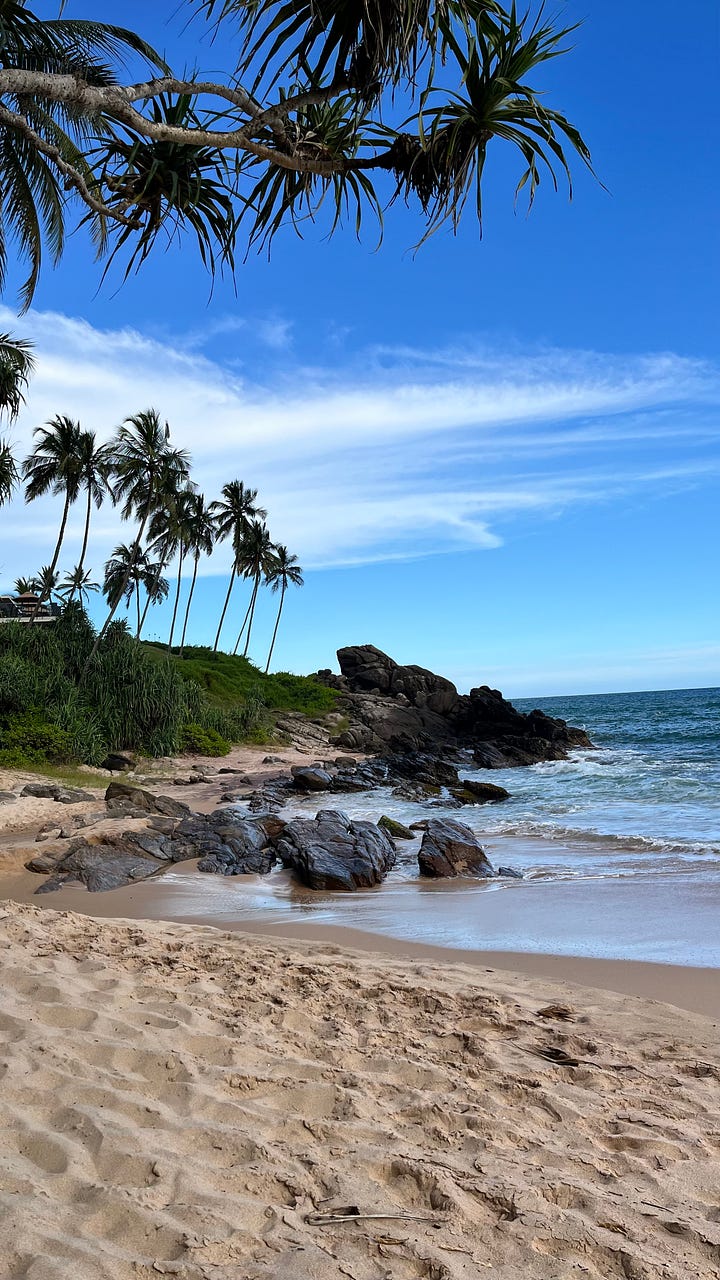
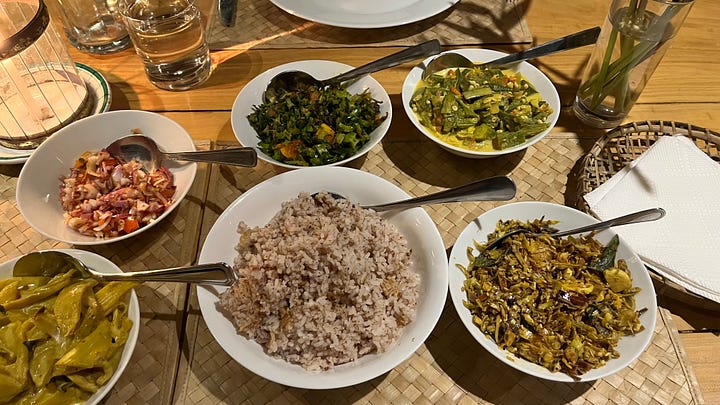
9. Hoppers
One morning I say, “I need a string hopper to mop up my egg hopper.” And this sentence delights me, because of the wonderful words and the experience of eating an unfamiliar breakfast. An egg hopper is a slightly crunchy bowl-shaped rice pancake with an egg inside. A string hopper is a soft nest of vermicelli rice noodles on which you serve your (breakfast)(dahl) curry. You can also use it to soak up your excess egg yolk. Both are eaten with (spicy) coconut sambol and are super delicious. As are the fresh fish dishes and vegan curries. Sri Lanka is worth visiting for the food alone.
More on Sri Lanka?
Concrete Travel Advice
When in Tangalla, stay with Ramesh at VIEW Guesthouse & Bistro at Goyambokka. You can find his high-rated place at booking platforms or contact him directly via email (rameshmadu.1992@gmail.com) or WhatsApp: +94 77 431 6116. He manages his three bedrooms with good humor and attention to detail. There’s a clean and spacious kitchen and a charming shaded terrace for common use. The breakfasts and dinners served by his sister Nona are copious and excellent. With a fiberoptic connection, he also offers stable WiFi—the only reliable WiFi we found during our month in Sri Lanka. We booked three nights and stayed for six.
When in Ella and you crave something other than rice&curry, eat at Rainbow Cafe. We dined there four nights in a row and tried seven different dishes. They were all spot on. The best thing? Their gluten-free homemade bread, chock-full of mung beans and seeds. (Yet the exact recipe remains a well-guarded secret.)
More concrete travel advice on Sri Lanka? See my newsletter on Galle and Colombo.
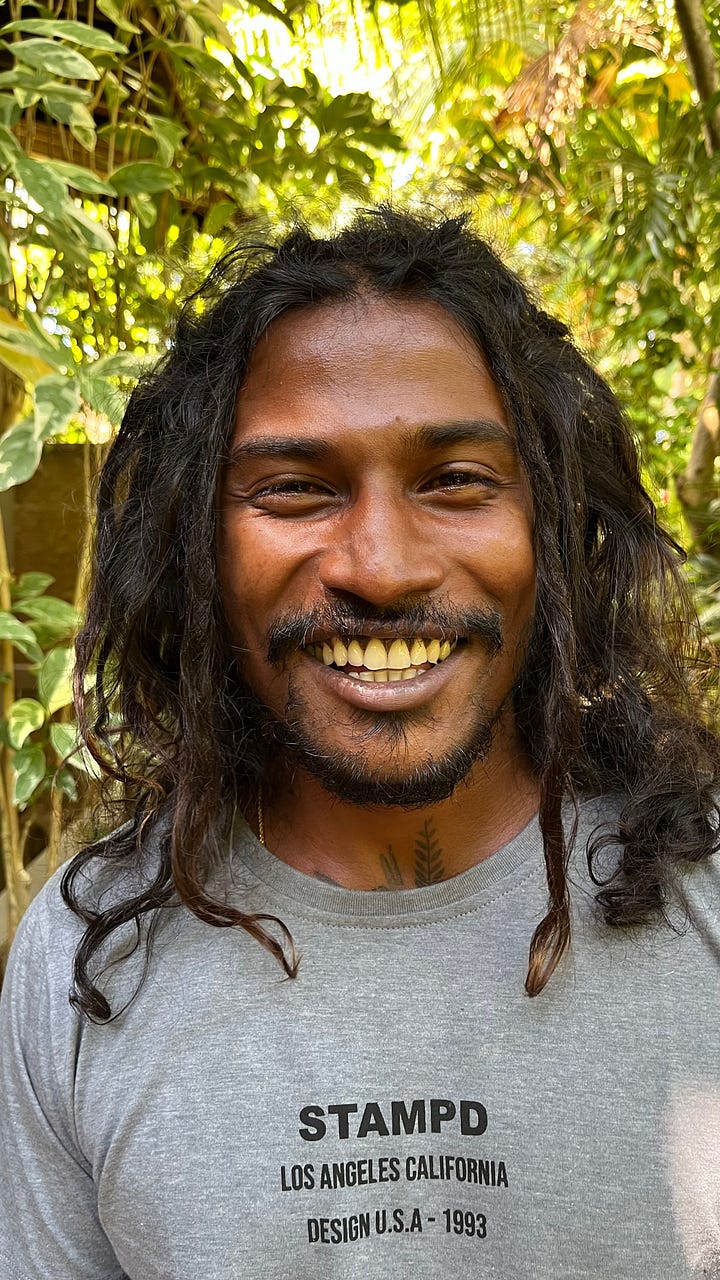
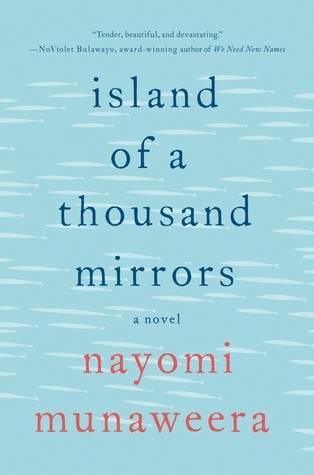
Desk Journey aka Book Recommendations
I didn’t read as much these past weeks as I’d hoped. And some of what I read I wouldn’t recommend. So I’ll leave you with only one title: Island of a Thousand Mirrors by Sri Lankan American author Nayomi Munaweera.
This Commonwealth-Book-Prize-winning novel is told from two female perspectives and follows the fate of two families, one Sinhalese and one Tamil. The story begins when the last British ships leave the harbor after Sri Lanka gains independence in 1948.
“On board one such vessel, the captain's log includes the tusks and legs of elephant herds; rubies, emeralds, topaz; fragrant mountains of cinnamon, cardamom, mustard seeds; forests of ebony, teak, and sandalwood; screeching peacocks; caged and pacing leopards; ten-foot-long monitor lizards whipping their razor tails; barrels of fermented coconut toddy; the jewel-encrusted thrones of Kandyan kings; the weapons of Chola warriors; priceless texts in Pali and Sanskrit, Sinhala and Tamil.”
The majority of the story takes place during the thirty-year-long brutal civil war between the Sinhalese, who added a lion to the Sri Lankan flag, and the Tamil Tigers.
“A rifle-toting tiger. A sword-gripping lion. This is a war that will be waged between related beasts.”
Island of a Thousand Mirrors is not an easy novel to read: The author doesn’t look away from the crimes committed on both sides. Still, it’s a tender story that leaves the reader with hope. With her beautiful prose depicting the gorgeous island, Munaweera makes you feel what Sri Lanka could become now that the war is finally over.
Author News
I received some lovely publishing news this week that I cannot yet share. I can say, however, that the news boosted my confidence and creativity. How lucky I am that I can take most rejections as bad luck or bad timing, and see these rare offers of publication as something earned. I believe it’s this attitude that keeps me going. I write without knowing whether my writing will find an audience, will find you. But I trust that it will. Perhaps this trust is hopeful thinking. Yet I like to think that assuming a relationship between author and reader is the first important step in making this relationship happen.
Thank you for being here.
Time to Say Goodbye
That’s it for today. You’ll hear from me again once I’ve returned to one of my favorite places in the world: Hoi An, Vietnam!
All my best,
Claire
P.S. For more information on ethical elephant encounters, please read: https://www.worldanimalprotection.org.uk/our-work/wildlife/elephant-friendly-tourist-guide/


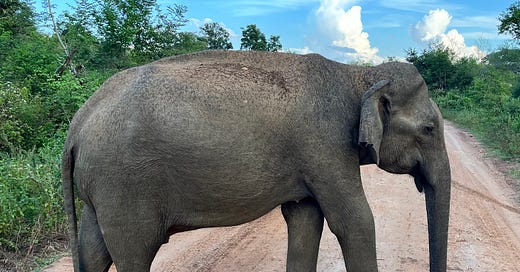


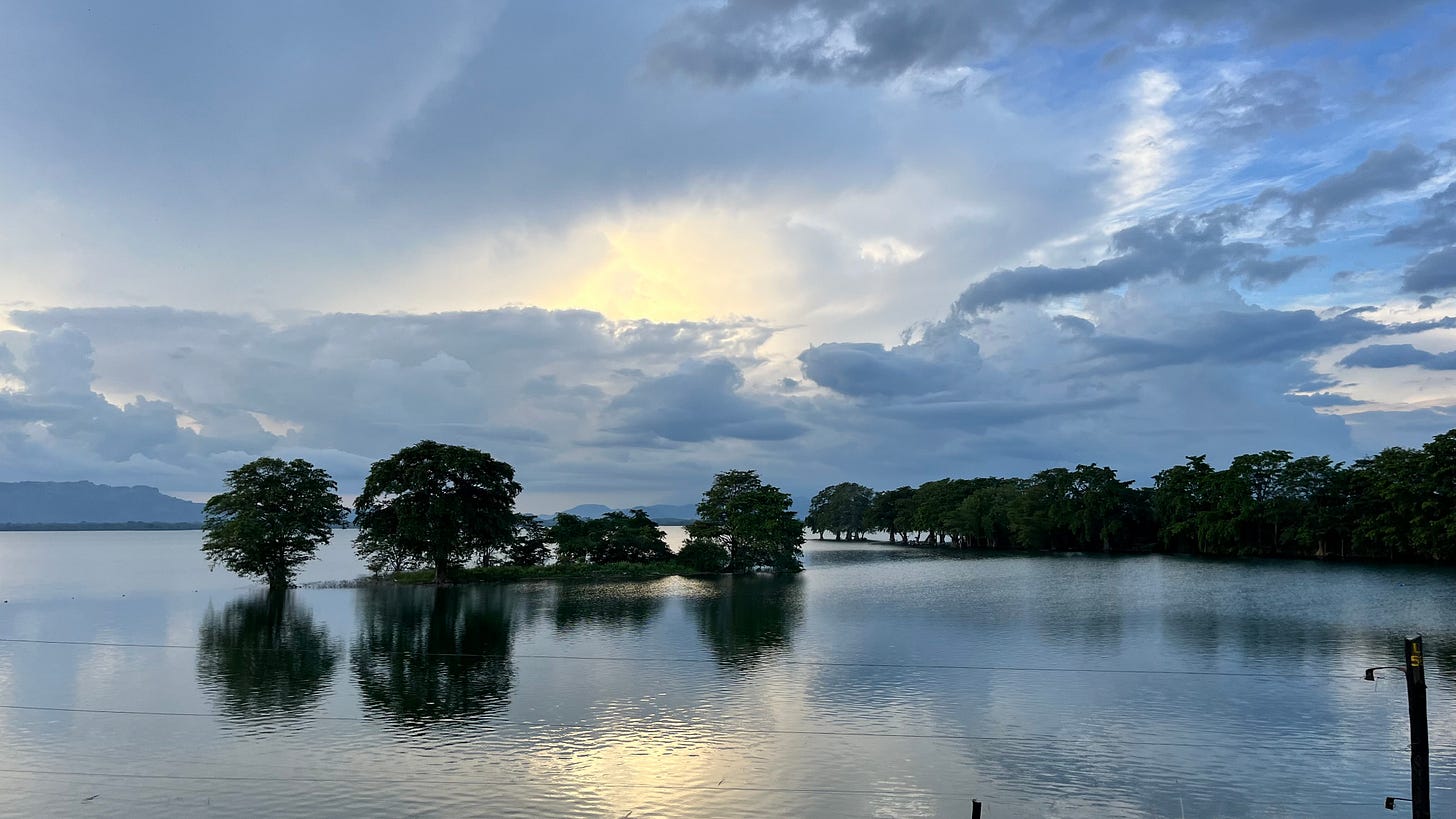
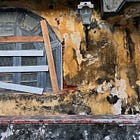
Sri Lanka is very high on our list!
Thank you, Claire, for letting me travel with you! I love how you move us through all the facets of a country! Love how you give us so much background, as well as, the beautiful creatures you meet, the food (YUM) and where to stay and beaches less populated! Another gorgeous experience reading your words! I can't wait to hear your good news! BIG HUGS from Santa Fe! IF you ever come back to the states, come visit us! xoxoxo Meg